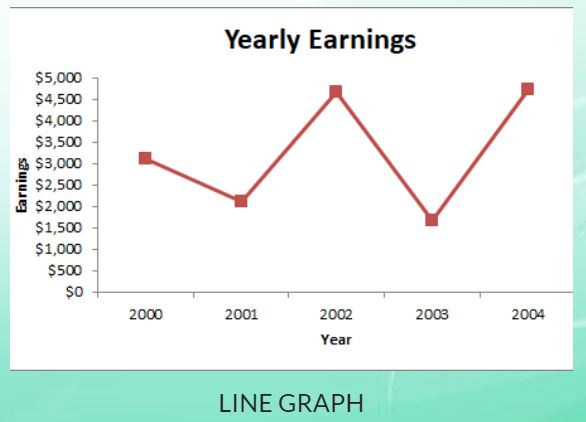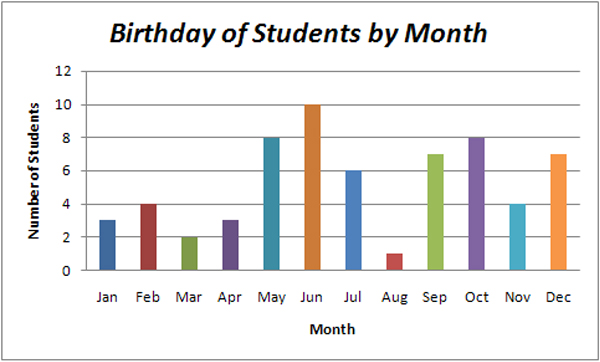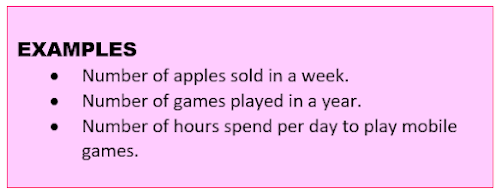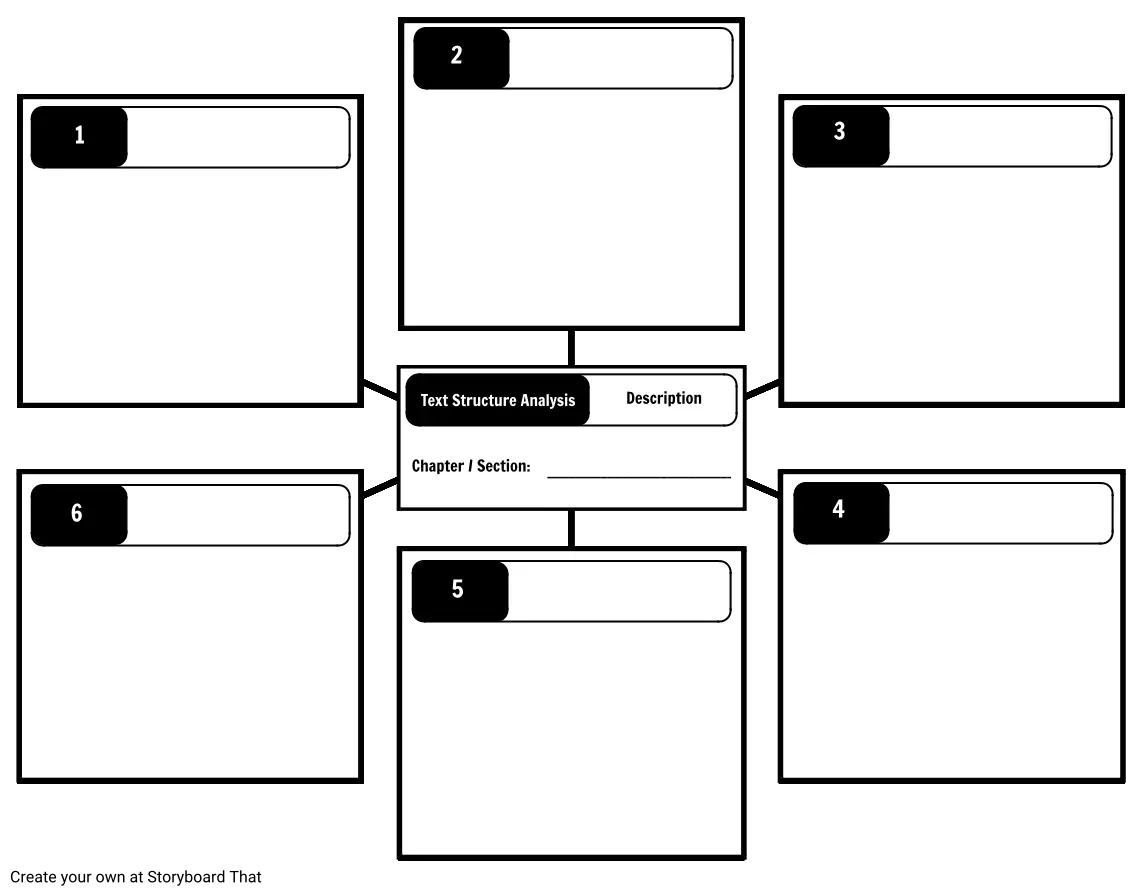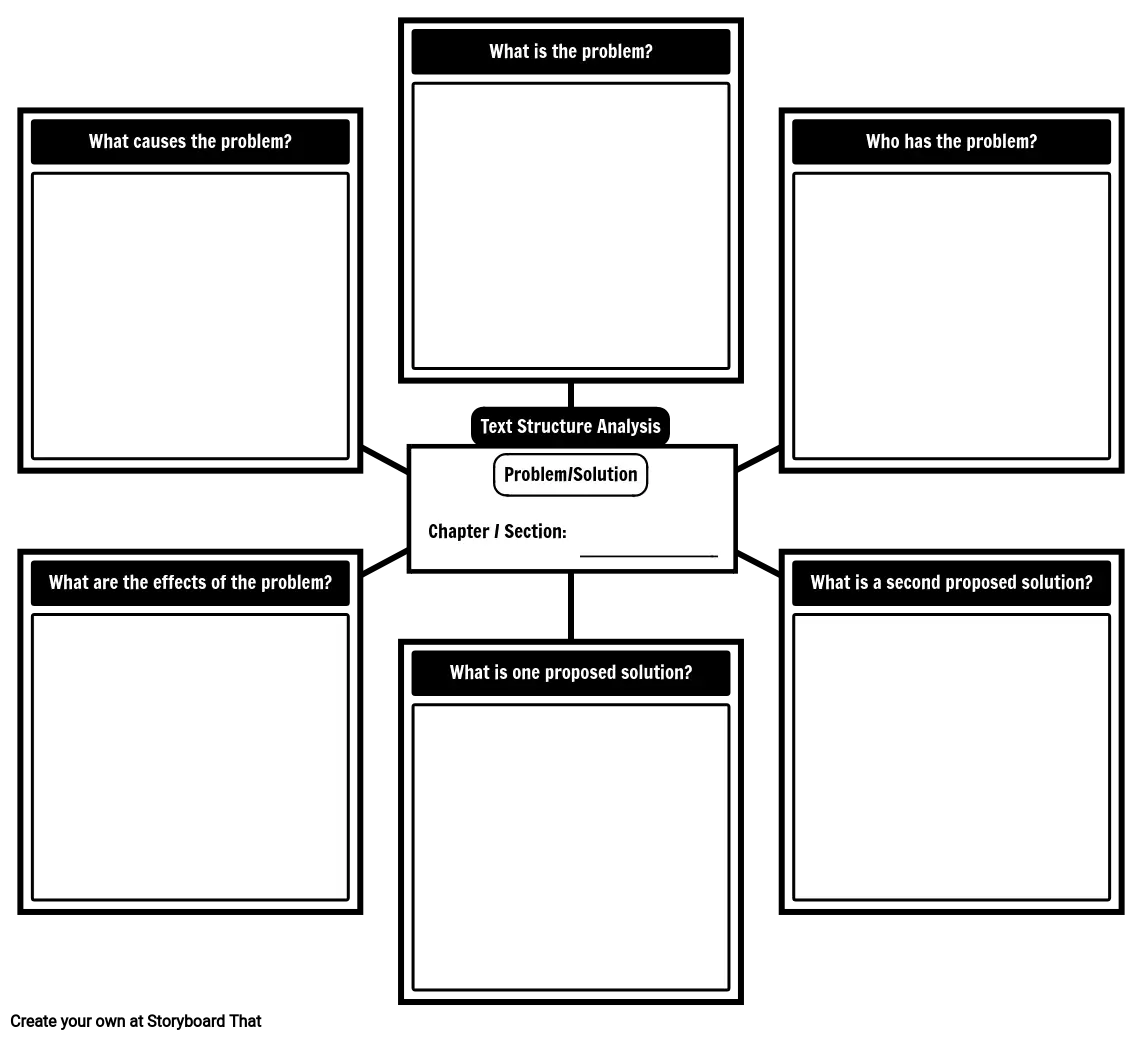After learning about the types of graphic organizers, let's take a pit stop to tabulate data using a NUMERIC TABLE.
Tuesday, November 29, 2022
Class Task: TABULATING DATA
Monday, November 28, 2022
CHAMBER THEATRE SCRIPT: The Nymph and Her Ardent Lovers
In a chamber theatre, characters usually have dual roles; that is to be the actor and a narrator at the same time. But in this script, the characters are only made to say their lines to focus on the poetry duet of the poems originally written by Christopher Marlowe (The Passionate Shepherd to His Love) and Sir Walter Raleigh (The Nymph's Reply to the Shepherd).
This script only modifies the characters' dialogues but they must freeze and move only when it is their time to project their character.
DISCLAIMER: I do not intend to infringe the copyright of Marlowe's and Raleigh's. This script plainly makes use of both poems to show deeply the interactions of the shepherd and the nymph.
Here's the script using Christopher Marlowe's THE PASSIONATE SHEPHERD TO HIS LOVE and Sir Walter Raleigh's THE NYMPH'S REPLY TO THE SHEPHERD.
Tuesday, November 22, 2022
WRITING THE REFLECTIVE ESSAY
Here are the essential activities students go through in order to write a reflective essay of a story.
- This is one way to test the students comprehension of the story. One can only summarize if the story read has been understood.
- Students look into the story once more with a different perspective. They look at it as something that reflects Filipino culture, customs , tradition and even history.
- CULTURE OR TRADITION IN....
- SCENE FROM THE STORY
- RELEVANCE TO FILIPINO HISTORY, CULTURE AND TRADITIONS
- YOUR OPINION
- ADDITIONAL EVIDENCE
- This is the first paragraph of the reflective essay.
- Here are guide questions to help students form their thoughts then into writing.
- This is now the part where you are to use the TABLE you have previously filled out.
- You are going to discuss each of the topics found in the first column of the table: Gambling and Entertainment, Status in Society and Table Etiquette.
- Here's a sample of how to use the information in your table.
- This is now the fifth paragraph of your essay.
- In this part you can either impart a new learning or a realization as a take away for your readers.
- Or simple answer the question: What do you want to remember after reading your essay?
- The students publish their essay in their blog.
Monday, November 21, 2022
ODYSSEY in COMICS
Here's another task I'd like my students to take part in. Here it is:
WHAT TO DO
2. Observe the COMICS I made for the summary. By so doing you'd know there aren't speaking lines yet.
3. Write the dialogs of the characters for the portion of the Odyssey assigned to your group.
Sunday, November 20, 2022
SIX TYPES OF CLAIMS
Knowing the types of claims is very much essential in argumentation since these claims could be the basis of such arguments.
Claim of Fact
Claim of Definition
Claim of Value
Claim of Cause
Claim of Comparison
Claim of Policy
BRITISH IPA
Let us study the information below. Listen to your teacher say the words to know the difference of the sound of words in American and British.
GRAPHIC ORGANIZERS
Graphs
Graphs focus on raw data and show trends over time.
Bar graphs offer a simple way to compare numeric values of any kind, including inventories, group sized and financial predictions.
You could use a waterfall chart to highlight the budget versus the amount spent. It demonstrates both the positive and negative impact.
 |
| WEB DIAGRAM |
Web diagrams are created using boxes or bubbles. In this type of diagram, one central idea is written inside a center box or bubble. Stems are drawn outward from this center box with new boxes/bubbles attached. The new boxes/bubbles house ideas that are related to the central idea. It grows like that of a web depending on the given information.
 |
| FLOW DIAGRAM |
TYPES OF GRAPHS
In our world now, considering the era of the internet, information overload will tend to flood our heads. And the only way to take them in without getting crazy is our ability to organize information. This is where graphic organizers come in. One of which are the graphs.
TYPES OF GRAPHS
- Represented by spaced rectangular bars describing data points in a set of data.
- X-axis / horizontal axis usually represents categories being compared while the Y-axis / vertical axis represents the frequency or value of the given category.
- Represented by a group of data points joined together by a straight line.
- X-axis / horizontal axis usually represents the independent variable while the Y-axis / vertical axis represents the dependent variable.
- May ascend, descend or do both depending on the data assessed.
- Sometimes referred to as time-series chart
- A circle divided into different colored areas to depict parts of a whole.
- Each sector in the pie represents proportion of a particular set in which the numbers graph as percentages.
EXPOSITORY TEXTS & THEIR STRUCTURE
An expository text is a fact-based piece of work which purpose is to provide information, thus revealing the facts. Furthermore it serves to educate the readers on specific purposes.
Here are the most common expository texts:
- Textbook
- News article
- Instruction manual
- Recipe
- City or country guide
- Language book
- Self-help book
- Encyclopedia
- Almanac
- Dictionary
- Thesaurus
- Website

Sequence

Since this type of expository text lists the processes of how something can be accomplished, it may be well understood with a FLOWCHART; or a SIMPLE DIAGRAM like this one. 👇

Since this type of expository text presents the cause and effect of a certain event or phenomenon, it may be well understood with a simple CAUSE AND EFFECT MAP; or a more complex map like this one. 👇
👆
Since this type of expository text presents similarities and differences, it may be well understood with a VENN DIAGRAM; or a more detailed map like this one. 👇

Problem and Solution
👆
Since this type of expository text presents similarities and differences, it may be well understood with a simple PROBLEM-SOLUTION MAP; or a more detailed map like this one. 👇
What is Expository Text? - Definition, Types & Examples https://study.com/academy/lesson/what-is-expository-text-definition-types-examples.html
Expository Text in the Classroom https://www.uwo.ca/fhs/lwm/teaching/DLD2_2016_17/smith_teachingexpositorytext.pdf
Expository Text Activities by Meghan Kyne https://www.storyboardthat.com/articles/e/informational-text-activities
Types of Diagrams RACHEL PANCARE https://classroom.synonym.com/types-diagrams-6583964.html
Expository Text Examples http://leanne-hoffman.sites.nebo.edu/non-fiction-articles/expository-text-examples
15 Graphic Organizers and How They Help Visualize Ideas https://visme.co/blog/graphic-organizer/
PROM SPEECHES | Gothic-Renaissance Masquerade
During the Socials, there are two types of speeches to be delivered: the short Bequeathal speeches and the Key speeches. This blog shall be ...

-
One of the most awaited moments in an Asianista Socials is the AWARDING. The awards vary depending on the theme. However, since the Asi...
-
Originally published in November 14, 2021 @jeanillec.blogspot.com Creation has been a mystery to all even when Science came in the pictu...
-
During the Socials, there are two types of speeches to be delivered: the short Bequeathal speeches and the Key speeches. This blog shall be ...














